-
 Bitcoin
Bitcoin $119000
0.17% -
 Ethereum
Ethereum $3664
-2.12% -
 XRP
XRP $3.229
-7.77% -
 Tether USDt
Tether USDt $1.001
0.02% -
 BNB
BNB $783.2
-1.48% -
 Solana
Solana $191.3
-5.26% -
 USDC
USDC $1.000
0.03% -
 Dogecoin
Dogecoin $0.2450
-7.74% -
 TRON
TRON $0.3115
-1.61% -
 Cardano
Cardano $0.8229
-6.80% -
 Hyperliquid
Hyperliquid $44.17
-2.93% -
 Stellar
Stellar $0.4343
-7.23% -
 Sui
Sui $3.792
-4.09% -
 Chainlink
Chainlink $18.38
-5.73% -
 Hedera
Hedera $0.2491
-7.79% -
 Bitcoin Cash
Bitcoin Cash $518.1
-1.51% -
 Avalanche
Avalanche $24.13
-5.84% -
 Litecoin
Litecoin $113.9
-5.41% -
 UNUS SED LEO
UNUS SED LEO $8.974
-0.21% -
 Shiba Inu
Shiba Inu $0.00001400
-7.98% -
 Toncoin
Toncoin $3.215
-2.09% -
 Ethena USDe
Ethena USDe $1.001
0.03% -
 Polkadot
Polkadot $4.178
-6.84% -
 Uniswap
Uniswap $10.38
-3.05% -
 Monero
Monero $317.8
-1.85% -
 Bitget Token
Bitget Token $4.733
-1.94% -
 Pepe
Pepe $0.00001293
-8.20% -
 Dai
Dai $1.000
0.02% -
 Aave
Aave $292.8
-4.74% -
 Bittensor
Bittensor $430.1
-3.67%
Is it reliable to chase the rise with the opening of Bollinger Bands?
Bollinger Bands, created by John Bollinger, help crypto traders gauge volatility and potential price moves using a 20-day SMA and two standard deviations.
May 29, 2025 at 06:21 am
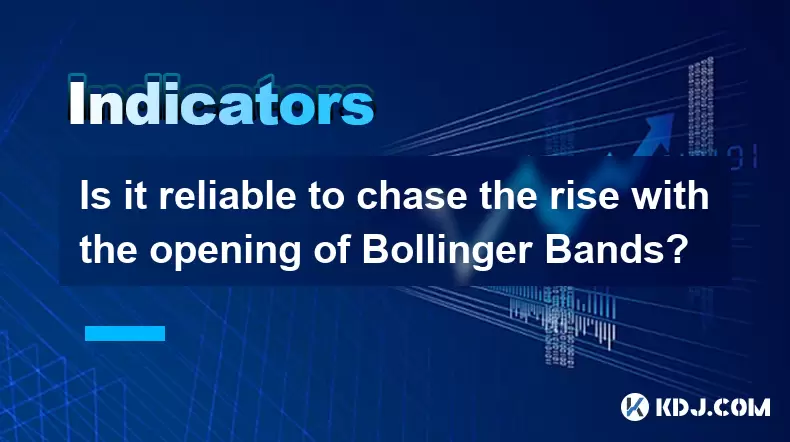
Introduction to Bollinger Bands
Bollinger Bands are a technical analysis tool developed by John Bollinger. They consist of a middle band being a simple moving average (SMA) and two outer bands that are standard deviations away from the middle band. The standard setting for Bollinger Bands is a 20-day SMA with the outer bands set two standard deviations apart. This tool is widely used in the cryptocurrency market to gauge volatility and potential price movements.
Understanding the Concept of Chasing the Rise
Chasing the rise refers to the trading strategy where an investor buys a cryptocurrency that is already experiencing a significant price increase, with the expectation that the price will continue to rise. This approach is often considered risky because it involves buying at a potentially high price, hoping for further gains. The reliability of this strategy, especially when combined with technical indicators like Bollinger Bands, is a topic of much debate among traders.
How Bollinger Bands Work in Cryptocurrency Trading
In the context of cryptocurrency trading, Bollinger Bands help traders identify periods of high and low volatility. When the bands contract, it indicates low volatility, suggesting that a significant price move might be imminent. Conversely, when the bands expand, it signals high volatility, which could mean the market is overbought or oversold.
Traders often look for the price to touch or move outside the upper or lower band as a signal for potential trend continuation or reversal. For instance, if the price touches the upper band and continues to rise, it might be seen as a bullish signal. Conversely, if the price touches the lower band and continues to fall, it might be considered bearish.
The Strategy of Chasing the Rise with Bollinger Bands
When chasing the rise with Bollinger Bands, traders typically look for the price to break above the upper band as a signal to buy. The rationale is that if the price has already moved significantly and is now breaking out of the upper band, it might indicate strong momentum that could lead to further price increases.
However, this strategy is not without risks. The price could just as easily reverse after touching the upper band, leading to potential losses for those who bought in anticipation of further gains. Therefore, the reliability of this strategy depends heavily on other market factors and the trader's ability to manage risk.
Case Studies of Chasing the Rise with Bollinger Bands
To better understand the reliability of chasing the rise with Bollinger Bands, let's look at a few case studies from the cryptocurrency market:
Bitcoin (BTC) in 2021: During the bull run of 2021, Bitcoin frequently touched and broke above the upper Bollinger Band. Traders who chased the rise during these breakouts often saw significant gains as the price continued to surge. However, those who entered late or at peak levels faced substantial drawdowns when the market corrected.
Ethereum (ETH) in 2020: Ethereum's price movements in 2020 provided several instances where the price broke above the upper Bollinger Band, leading to further gains. However, there were also times when the price touched the upper band and reversed, leading to losses for those who chased the rise without considering other market indicators.
Risks and Considerations
While chasing the rise with Bollinger Bands can lead to profitable trades, it comes with significant risks. Overbought conditions can lead to rapid price reversals, and the strategy often requires precise timing and risk management. Traders must consider other technical indicators, market sentiment, and fundamental analysis to increase the reliability of this approach.
Practical Steps for Implementing the Strategy
If you decide to use Bollinger Bands to chase the rise in the cryptocurrency market, here are some practical steps to follow:
Set up your Bollinger Bands: Use a charting platform that supports Bollinger Bands. The default settings are a 20-day SMA with the outer bands set at two standard deviations.
Monitor the price movement: Watch for the price to touch or break above the upper Bollinger Band. This could be a signal to consider entering a long position.
Confirm with other indicators: Before entering a trade, confirm the breakout with other technical indicators such as the Relative Strength Index (RSI) or Moving Average Convergence Divergence (MACD). These can help validate the strength of the breakout.
Set stop-loss and take-profit levels: To manage risk, set a stop-loss order below the breakout level to limit potential losses. Also, set a take-profit level to secure gains if the price continues to rise as expected.
Monitor and adjust: Keep an eye on the market and be ready to adjust your stop-loss and take-profit levels based on new price movements and market conditions.
Frequently Asked Questions
Q: Can Bollinger Bands be used for other trading strategies besides chasing the rise?
A: Yes, Bollinger Bands are versatile and can be used for various trading strategies. For example, traders often use them to identify overbought and oversold conditions, as well as to spot potential trend reversals. The bands can also be used in conjunction with other indicators to create more robust trading systems.
Q: How can I improve the reliability of the Bollinger Bands strategy?
A: To improve the reliability of using Bollinger Bands, consider combining them with other technical indicators such as RSI, MACD, or volume analysis. Additionally, incorporating fundamental analysis and staying updated on market news can provide a more comprehensive view of the market, helping you make more informed trading decisions.
Q: Are there any specific cryptocurrencies that perform better with Bollinger Bands?
A: Bollinger Bands can be applied to any cryptocurrency. However, more liquid and widely traded cryptocurrencies like Bitcoin and Ethereum tend to provide clearer signals due to their higher trading volumes and market activity. Less liquid cryptocurrencies may exhibit more erratic price movements, which can make Bollinger Bands less reliable.
Q: How often should I adjust my Bollinger Bands settings?
A: The standard settings for Bollinger Bands (20-day SMA with two standard deviations) are generally effective for most trading scenarios. However, you may need to adjust these settings based on the specific cryptocurrency you are trading and the timeframe you are using. For shorter timeframes, you might use a shorter SMA and fewer standard deviations, while for longer timeframes, you might use a longer SMA and more standard deviations. Experiment with different settings to find what works best for your trading style and the specific market conditions.
Disclaimer:info@kdj.com
The information provided is not trading advice. kdj.com does not assume any responsibility for any investments made based on the information provided in this article. Cryptocurrencies are highly volatile and it is highly recommended that you invest with caution after thorough research!
If you believe that the content used on this website infringes your copyright, please contact us immediately (info@kdj.com) and we will delete it promptly.
- Sui (SUI) Crypto Token: Unveiling the Upside Potential
- 2025-07-24 19:10:13
- Real Token's Detroit Troubles: Rent, Repairs, and a Whole Lotta Problems
- 2025-07-24 19:15:12
- Staika's New CEO and Global Expansion: A New Era?
- 2025-07-24 18:30:12
- Bitcoin, Tesla Earnings, and GAAP Rules: A New Era for Corporate Finance?
- 2025-07-24 18:30:12
- Finvasia's UGold: From Tokenized Niche to $11.5B Market Cap
- 2025-07-24 18:35:12
- Bitcoin, VIX Correlation, and Institutional Adoption: A New Era for Crypto?
- 2025-07-24 16:30:12
Related knowledge
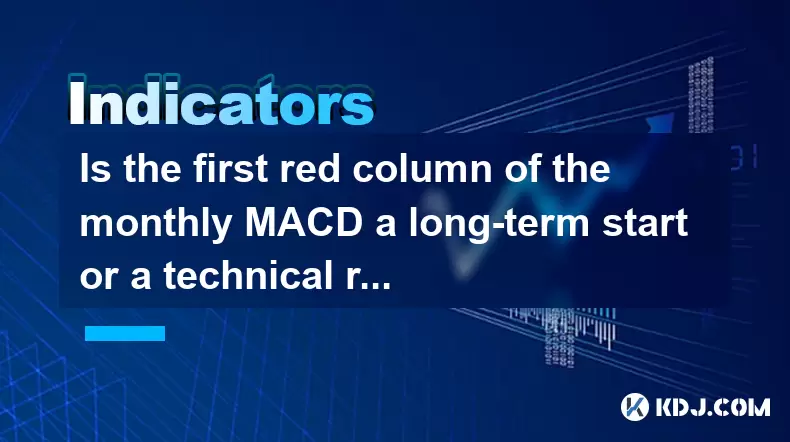
Is the first red column of the monthly MACD a long-term start or a technical rebound?
Jul 24,2025 at 03:14pm
Understanding the Monthly MACD and Its SignificanceThe Monthly MACD (Moving Average Convergence Divergence) is a momentum indicator used to identify l...
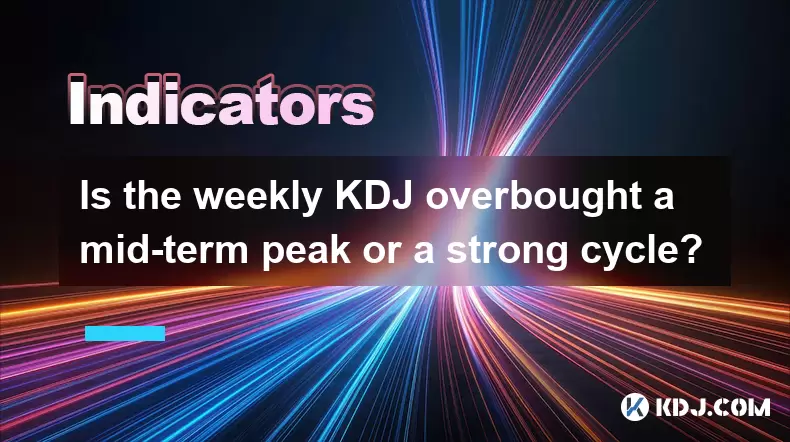
Is the weekly KDJ overbought a mid-term peak or a strong cycle?
Jul 24,2025 at 05:15pm
Understanding the Weekly KDJ Indicator in Cryptocurrency TradingThe KDJ indicator is a momentum oscillator derived from the Stochastic Oscillator, wid...
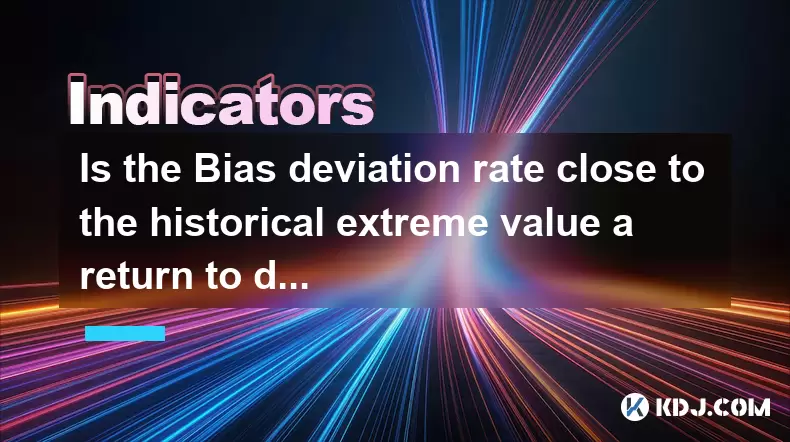
Is the Bias deviation rate close to the historical extreme value a return to demand or a strengthening trend?
Jul 24,2025 at 04:49pm
Understanding the Bias Deviation Rate in Cryptocurrency MarketsThe Bias deviation rate is a technical indicator used in cryptocurrency trading to meas...
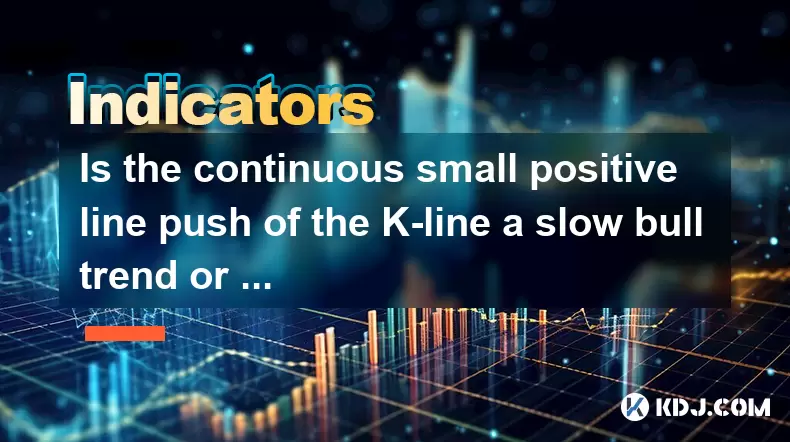
Is the continuous small positive line push of the K-line a slow bull trend or insufficient momentum?
Jul 24,2025 at 07:00pm
Understanding the Continuous Small Positive K-Line PatternWhen observing a continuous small positive line push in a cryptocurrency’s price chart, trad...
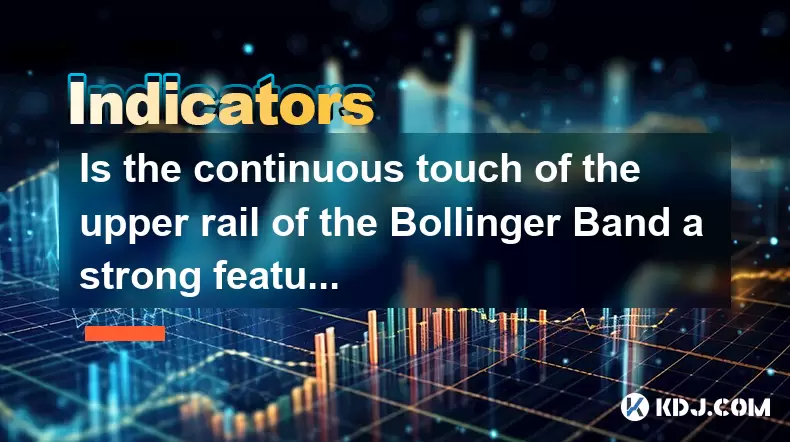
Is the continuous touch of the upper rail of the Bollinger Band a strong feature or an overbought risk?
Jul 24,2025 at 12:22pm
Understanding the Bollinger Band StructureThe Bollinger Band is a widely used technical analysis tool in the cryptocurrency market, designed to measur...
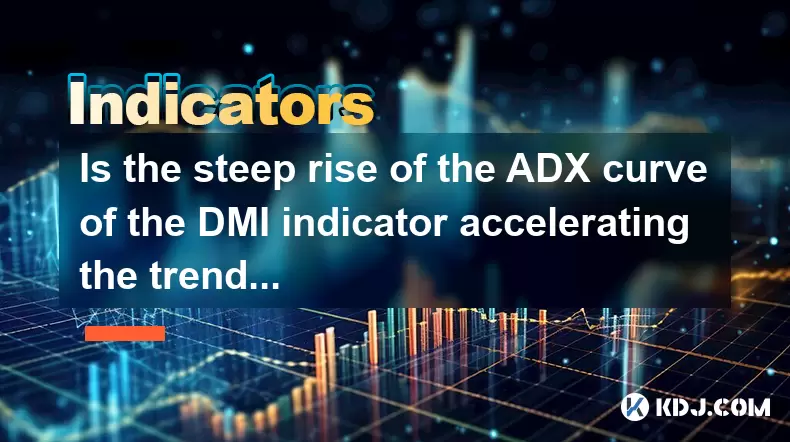
Is the steep rise of the ADX curve of the DMI indicator accelerating the trend or about to reverse?
Jul 24,2025 at 11:15am
Understanding the DMI Indicator and Its ComponentsThe Directional Movement Index (DMI) is a technical analysis tool used to identify the presence and ...

Is the first red column of the monthly MACD a long-term start or a technical rebound?
Jul 24,2025 at 03:14pm
Understanding the Monthly MACD and Its SignificanceThe Monthly MACD (Moving Average Convergence Divergence) is a momentum indicator used to identify l...

Is the weekly KDJ overbought a mid-term peak or a strong cycle?
Jul 24,2025 at 05:15pm
Understanding the Weekly KDJ Indicator in Cryptocurrency TradingThe KDJ indicator is a momentum oscillator derived from the Stochastic Oscillator, wid...

Is the Bias deviation rate close to the historical extreme value a return to demand or a strengthening trend?
Jul 24,2025 at 04:49pm
Understanding the Bias Deviation Rate in Cryptocurrency MarketsThe Bias deviation rate is a technical indicator used in cryptocurrency trading to meas...

Is the continuous small positive line push of the K-line a slow bull trend or insufficient momentum?
Jul 24,2025 at 07:00pm
Understanding the Continuous Small Positive K-Line PatternWhen observing a continuous small positive line push in a cryptocurrency’s price chart, trad...

Is the continuous touch of the upper rail of the Bollinger Band a strong feature or an overbought risk?
Jul 24,2025 at 12:22pm
Understanding the Bollinger Band StructureThe Bollinger Band is a widely used technical analysis tool in the cryptocurrency market, designed to measur...

Is the steep rise of the ADX curve of the DMI indicator accelerating the trend or about to reverse?
Jul 24,2025 at 11:15am
Understanding the DMI Indicator and Its ComponentsThe Directional Movement Index (DMI) is a technical analysis tool used to identify the presence and ...
See all articles

























































































